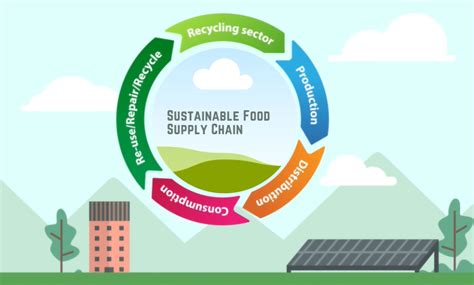With the pet food industry projected to reach a staggering $162.88 billion by 2025, ensuring a robust and sustainable supply chain is paramount. This article explores the evolving landscape of pet food sourcing, from ingredient procurement to distribution, offering insights into the key challenges and opportunities that lie ahead.

1. Ingredient Procurement: Navigating Ethical and Sustainable Challenges
Challenges:
- Rising costs of raw materials, particularly animal proteins
- Concerns over animal welfare and antibiotic resistance
- Environmental impact of livestock production
Opportunities:
- Sustainable farming practices and alternative protein sources
- Innovation in plant-based and insect-based ingredients
- Blockchain technology for traceability and transparency
2. Manufacturing and Packaging: Efficiency and Sustainability
Challenges:
- Maintaining product quality and safety standards
- Optimizing production processes to reduce waste
- Sustainable packaging materials and eco-friendly disposal
Opportunities:
- Automation and robotics for increased efficiency
- Circular economy principles for waste minimization
- Compostable and biodegradable packaging
3. Distribution and Logistics: Meeting the Demands of a Growing Industry
Challenges:
- Increasing demand for pet food, leading to supply chain bottlenecks
- Complex distribution networks spanning multiple regions
- Last-mile delivery challenges and high transportation costs
Opportunities:
- Data analytics and predictive models for supply chain optimization
- Collaboration between suppliers, manufacturers, and distributors
- Emerging technologies such as autonomous vehicles and drones
4. E-commerce and Digital Transformation: Convenience and Personalization
Challenges:
- Increasing competition and price wars
- Expectations for fast and reliable delivery
- Customization and personalization of pet food based on individual needs
Opportunities:
- Online marketplaces and subscription services for convenience
- Direct-to-consumer models for personalized experiences
- Data-driven insights for tailored product recommendations
5. Trends and Innovations: Shaping the Future of Pet Food
- Humanization of Pets: Consumers are increasingly treating their pets like family, demanding high-quality and nutritious food options.
- Functional Foods: Pet food is evolving into a source of health and wellness, with ingredients targeting specific health concerns.
- Pet Health Technology: Wearable devices and apps monitor pet behavior and provide data for personalized nutrition and care.
- Sustainability Imperative: Consumers are demanding more sustainable pet food options, driving innovation in ingredient sourcing and packaging.
Case Study: Thriving in a Competitive Market
Acme Pet Foods has emerged as a leader in the pet food industry through its innovative approach to supply chain management.
- Sustainable Sourcing: Acme partners with certified organic farms and uses sustainable fishing practices to ensure ethical and environmentally friendly ingredient procurement.
- Smart Manufacturing: Automated production lines and real-time monitoring systems optimize efficiency and minimize waste.
- E-commerce Integration: Acme offers convenient online ordering and subscription services, tailored to the needs of busy pet owners.
Conclusion
The pet food supply chain is undergoing a transformative period, driven by rising demand, evolving consumer expectations, and sustainability concerns. By leveraging technology, innovation, and collaboration, industry stakeholders can navigate the challenges and seize the opportunities ahead. This will ultimately lead to a more resilient, sustainable, and consumer-centric pet food ecosystem.
Additional Insights
Table 1: Pet Food Market Projections
| Year | Market Value (USD) |
|---|---|
| 2020 | $99.18 billion |
| 2023 | $120.62 billion |
| 2025 | $162.88 billion |
Table 2: Key Pet Food Market Trends
| Trend | Impact |
|---|---|
| Humanization of Pets | Increased demand for premium and functional foods |
| E-commerce Growth | Convenience and personalization for consumers |
| Sustainability | Focus on ethical sourcing and eco-friendly packaging |
Table 3: Key Challenges in Pet Food Supply Chain
| Challenge | Potential Solution |
|---|---|
| Ingredient Scarcity | Sustainable farming practices, alternative protein sources |
| Production Inefficiencies | Automation, data analytics |
| Last-Mile Delivery | Collaboration, innovative technologies |
Table 4: Step-by-Step Approach to Improve Pet Food Supply Chain
- Assessment: Analyze current supply chain processes and identify areas for improvement.
- Identification: Explore new technologies, partnerships, and innovative solutions.
- Implementation: Pilot and implement improvements with a focus on sustainability and efficiency.
- Evaluation: Monitor results and make necessary adjustments to optimize performance.





















